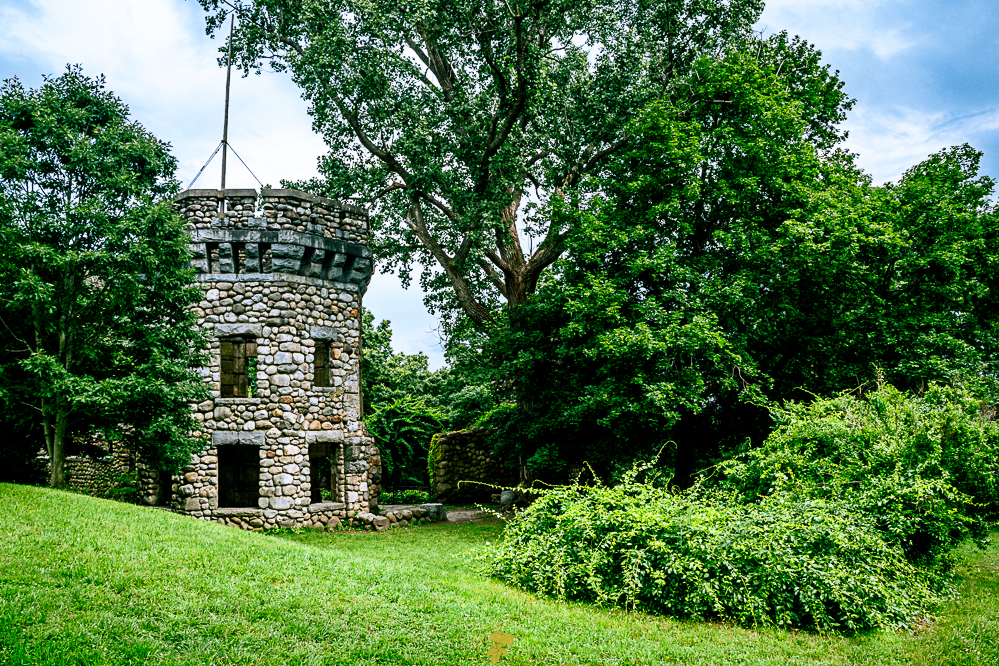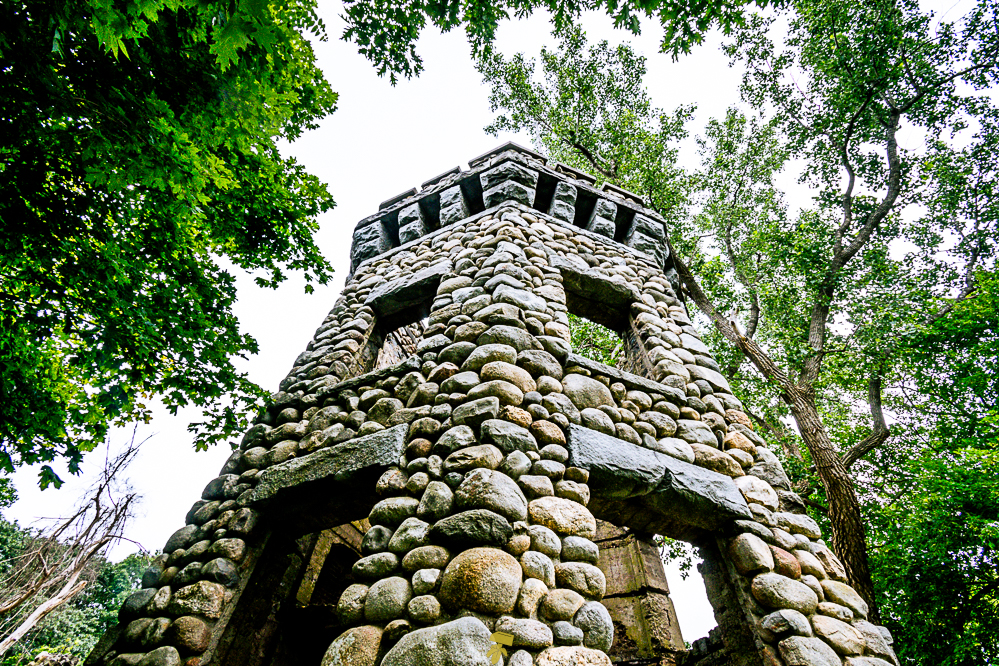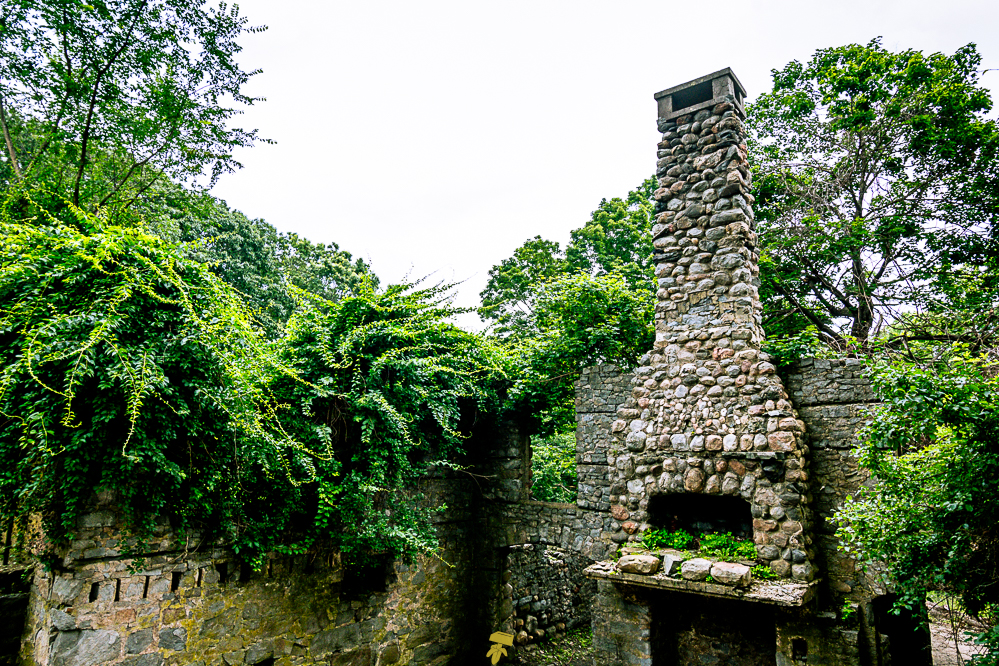Started as an ambitious home built by a former military general, turn private sanatorium for tuberculosis patients, and then lived as a base for a local fox-hunting club until it burnt down after a firework incident on July 4th, 1932.
During the Spanish–American War, William Amos Bancroft was a brigadier general for the United States Volunteers, having enlisted in the fifth regiment of the state militia in his Freshman year of attending Harvard Law School.
Bancroft was born and grew up in Groton though later resided in the Cambridge area having quite a career as a businessman and politician. Not only did Bancroft serve in the Massachusetts House of Representatives, he was also a member of the Cambridge Board of Aldermen and Common Council, respectively, served as the Mayor of Cambridge (1893–1897), and then president of the Boston Elevated Railway Company from (1899 to 1916).

Intended to be a retirement home, a castle-bungalow mansion complete with a stable along the crest of Gibbet Hill in his hometown of Groton, which he would call Shawfieldmont. To his dismay, funding was lost to complete the fantastic home, and after 12 years sold the property to renowned physician Harold Ayres in 1918.
After a bit of transfiguration, the land would become a sanatorium for those who had suffered from various ailments like the Spanish flu and tuberculosis. During the 1920s, if you were “all but insane or contagious” and had $20/week (or $305 in the year 2023), you could bask in the fresh air of the countryside and take advantage of the treatments Ayres would provide while staying at Groton Private Hospital. On most days, you can experience tranquil views of the town below, Mount Wachusett 20 miles to the west, and if you are lucky, the White Mountains of New Hamsphire to the North.

In the early 1930s, the property would again transform, this time into the Groton Hunt Club. Members of the club would use the country setting for fox-hunting outings, dancing galas, and dinner parties. That was until July 4th, 1932 when “careless fireworks” are blamed for creating a fire that brought the structure down to the stone walls and foundation with only the fireplace and tower remaining.
After the land was purchased by the Campbell family after World War II, the grassy hillside has been used to raise and breed cattle with as many as 600 heads in the field. Fast forward to the summer of 2000, the property once again faces conversion by being sold, this time to a construction company intending to develop 78 houses. The final stages of the agreement are interrupted by a Groton native and businessman Steven Webber. He buys the 338-acre farm as well as an adjacent 188-acre orchard, to prevent the imminent development and protect the rural nature and history of the town. The land is currently owned and maintained by the town of Groton.

Complete the trip with a drink or dinner at Gibbet Hill Grill, a farm-to-table steakhouse, located inside a 100-year-old New England-style barn on the conservation property. The farm side of the restaurant consists of two acres of produce including over 40 varieties of heirloom tomatoes, peppers, beets, summer squash, cucumbers, and various other herbs and greens. Cows still roam the hillside below Shawfieldmont.



